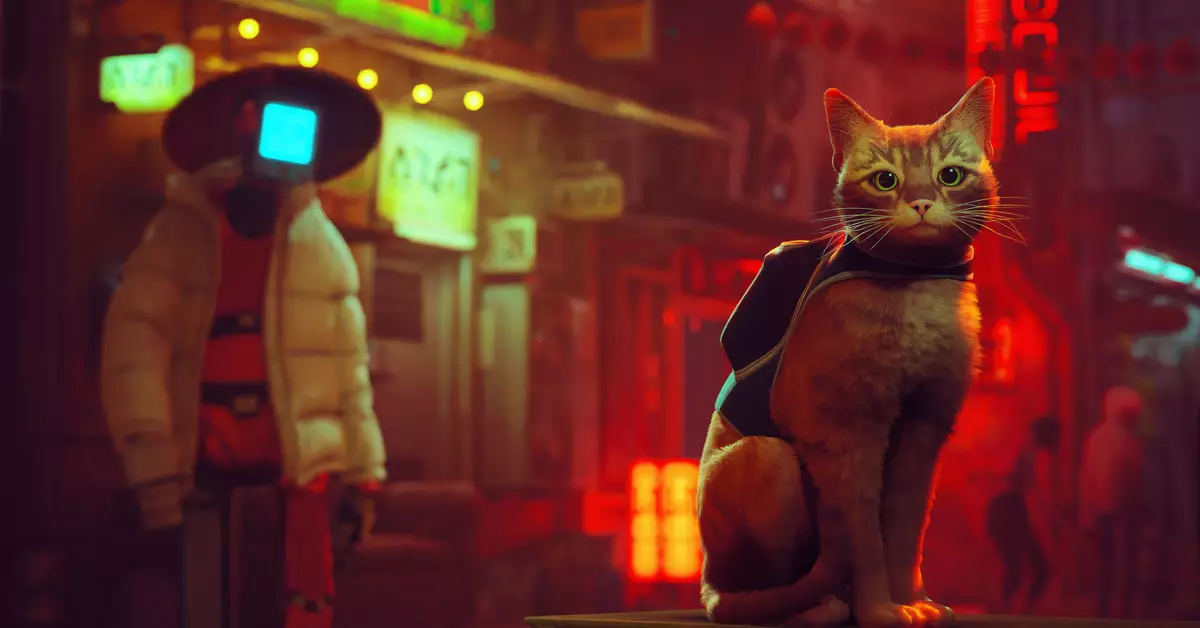Annapurna Interactive, renowned for its impressive catalogue of indie games, is facing a significant alteration in its operational structure. With successful titles such as Stray, Outer Wilds, and What Remains of Edith Finch under its banner, the division had carved a niche for itself in the gaming industry. However, recent reports from Bloomberg unveil a startling development: the resignation of the entire staff following failed negotiations to spin off the gaming division into an independent entity. The implications of this mass exodus highlight not just personal losses but the potential unraveling of a distinguished creative force within the gaming sector.
The resignation of key figures, including former president Nathan Gary and others, poses a critical challenge to Annapurna Interactive’s future. While a spokesperson assured that ongoing projects would continue to operate under the Annapurna umbrella, one must question the sustainability of such an approach given the turbulence. Their intention to integrate gaming with other media divisions (film, TV, and theater) raises eyebrows; can a successful gaming division truly thrive when embedded within a conglomerate focused on various entertainment forms? Hybridization of creative endeavors often becomes a double-edged sword, risking dilution of focus and artistic integrity.
Annapurna Interactive’s rise was anchored in the boost from its parent company, Annapurna Pictures. The film studio’s acclaimed accolades—films like Her and American Hustle—have demonstrated the potential for high-quality storytelling across mediums. Nevertheless, the gaming industry’s demands differ significantly from that of film, requiring nuanced approaches tailored to interactive narratives. As Hector Sanchez, formerly of Epic Games, steps into a prominent role within Annapurna, one wonders if this change signals an intention to refine the gaming approach or merely reinforces a misguided merger of practices.
Historically, independent studios stem from creators who value their artistic freedom—a freedom that may be stifled in larger institutions. The recent turmoil at Annapurna Interactive might represent a significant shift towards attempting to reclaim this independence, lost amid corporate ambitions. Despite their impressive foray into video game publishing and development, including the recent establishment of an in-house animation unit, the prospect of further integration raises pertinent concerns about the viability of future projects.
The future of Annapurna Interactive remains uncertain. As the industry oscillates between embracing indie creativity and courting corporate consolidation, the fate of this creative incubator hangs in the balance. Will Annapurna Interactive carve a new path, resembling its illustrious indies, or will it succumb to the constraints of a larger entity? The answer may not only shape the studio’s destiny but could also alter the landscape of indie gaming as we know it. With the rise of new leadership and a transformative future ahead, the world watches closely to see if Annapurna can adapt, innovate, and thrive.


Leave a Reply